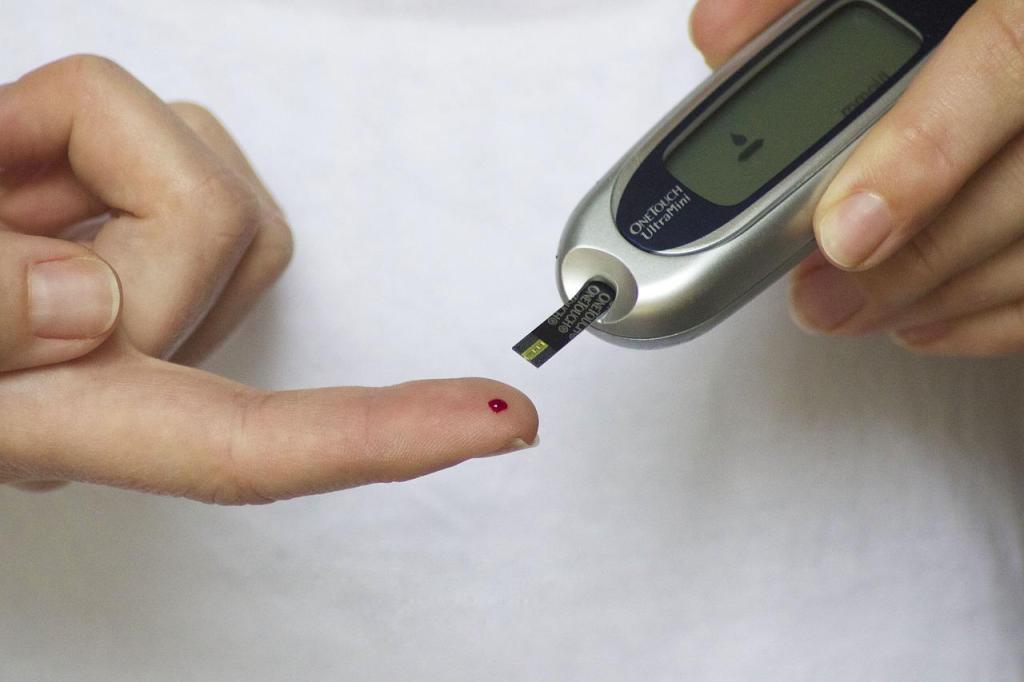World Diabetes Day 2024: India is often called the “diabetes capital of the world,” due to the high prevalence of the chronic disease. However, where once the disease was largely an older person’s illness, it has begun affecting the younger populations at an alarming rate.
According to Dr. Dr Anu Gaikwad, Consultant Diabetologist & HOD Geriatric Medicine, DPU Super Specialty Hospital, Pimpri, Pune, the age dynamics of the disease profile are changing; the 16-year-old girl or the 25-year-old boy is now equally at risk of suffering from diabetes compared to any senior citizen. But what is causing this shift?
Factors Driving the Rise of Diabetes in Younger Indians
To begin with, the vast urbanization and modernization of lifestyle. As the cities grow, so are the sedentary lifestyles, the high-calorie processed food, and the easy availability of sweet beverages and ready-to-eat snacks.
“A fundamentally balanced diet becomes a calorie-dense and low-nutrient intake food product gradually, becoming a developing cause for diabetes. This is supplemented with the rising trend of high levels of stress, sleep deprivation, and work uncertainties that all point to deteriorating metabolic health,” Dr. Gaikwad told Financial Express.com.
Lifestyle Choices: Diet and Physical Activity
The number of junk food, fast food, and soft drinks among youths continues to rise at a dramatically alarming rate. These foods are sugar and fat-rich, leading to obesity, resistance to insulin, and subsequently to type 2 diabetes. Additionally, the lifestyle of having lots of screen time and little or no exercise is another predisposing factor. Lack of exercise prevents the body from succeeding with regards to glucose regulation and increases the risk for diabetes.
Genetic and Environmental Factors
The disease diabetes runs in families and patients possessing a familial history are at greater risks. The unhealthy lifestyle habits further aggravate genetic susceptibility. Environmental factors like pollution and stress are also believed to have an increased risk for metabolic diseases. This trend, as it has started to gain momentum in the case of India, is attributed to growing exposure to toxins in the environment and the mounting academic and professional pressures.
Preventive Measures and Early Detection
Most severely, the emerging tide of diabetes in younger populations calls for immediate preventive measures. A good way to prevent these is through awareness campaigns that call attention to healthy eating habits, physical activity, and the management of stress. Schools, workplaces, and healthcare providers should be encouraged, or even made, to stress the necessity of regular health checks and monitoring of blood sugar, especially in those with a potential risk or family history.
“Early detection is the key. Type 2 diabetes often goes unnoticed at the earlier stages of this disease because its symptoms are mild or even absent. The disease may have already set its complications by the time it would present a confirmed diagnosis. Regular check-up visits and early testing among those at risk can detect the onset of the illness before it has a chance to progress for more effective management and lifestyle changeover,” Dr. Gaikwad told Financial Express.com.
The reasons behind the increased prevalence of diabetes among the younger Indian population are multifaceted, owing as much to lifestyle habits, predisposition by genetics, and influence of environmental factors as to others. Increased awareness, changes in lifestyle, and early detection are therefore crucial in turning the tide and improving long-term health outcomes, he said.


